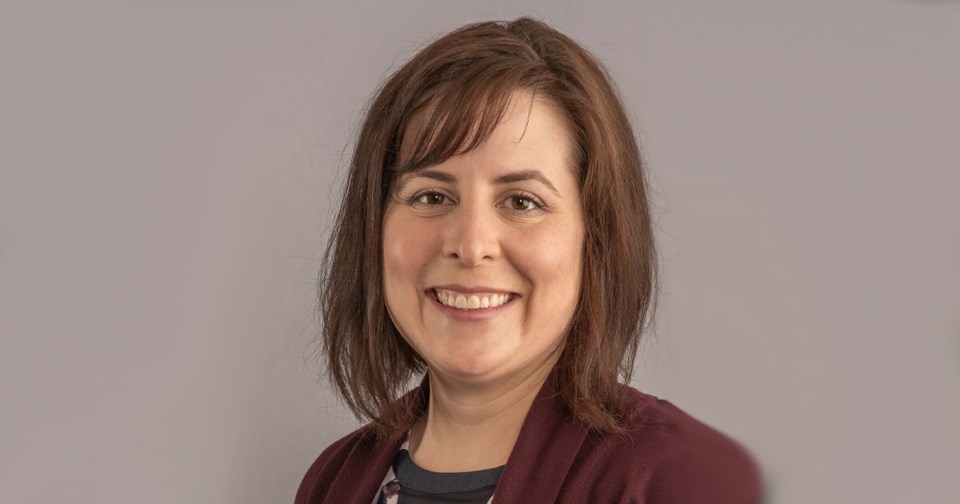MELFORT – As teachers and the provincial government continue to be at odds in current contract negotiations, the North East School Division’s Director of Education Stacy Lair says there is no universal solution to today’s education issues.
“Needs vary significantly between rural and urban school settings,” she told SASKTODAY.ca recently.
“The best outcomes are achieved when school divisions and principals retain the freedom to support their students with the right level and type of resources, using local knowledge to make local decisions.”
Lair added, “It's important to remember that the Northeast School Division operates based on the annual grant from the province, with the need to spend into our accumulated surplus annually. A significant portion of the provincial grant is allocated to staffing, with a focus on meeting the needs at the classroom level.”
“Essentially, we allocate all available funds to support our classrooms as much as possible,” she said.
In terms of supporting students' needs, last year, the NESD had a student ratio to teacher ratio of 16.4 to 1.
Lair said, “While this number seems low, we have experienced an increase in student needs. For example, the number of students requiring intensive support has grown from an average of 323 (2016/17 to 2021/22 school years) to 354 last year and now 393.”
“While the majority of our budget is allocated to staffing, inflationary costs have a significant affect our on school operating budgets as well as our maintenance and transportation departments. For example, schools purchase 15-passenger vans for student excursions. The price of the vans has doubled in the last few years. During the same amount of time, the price of school buses has increased by approximately 40 per cent.”
Currently, the annual cost to replace the six school buses required by NESD is nearly $1 million.
In addition, the NESD has costs associated with increases to non-teacher collective agreements. Historically, these costs have not been funded by the provincial government. Lair said the school division was pleased to see the province remains committed to funding any teachers’ salary increases that will be settled in the future.
Lair said significant capital investments from the province have notably supported the NESD in both the past and the 2024 provincial budget. Last month marked the Grade 5-12 opening of the 26.9-million-dollar Carrot River Valley School, with a grand opening scheduled for the fall to welcome K-4 students. The province invested 24.4 million towards CRVS, with the remaining dollars coming from the board and a generous donation from the Novack Family Foundation.
Lair said, “In these challenging moments for both our staff and their families, our appreciation for the empathy shown by our North East community remains immense. The beneficial dialogue that has unfolded, centred around a collective vision toward excellence and the prioritization of public education for our students aged 3-21, stands out as a significant positive development.”




